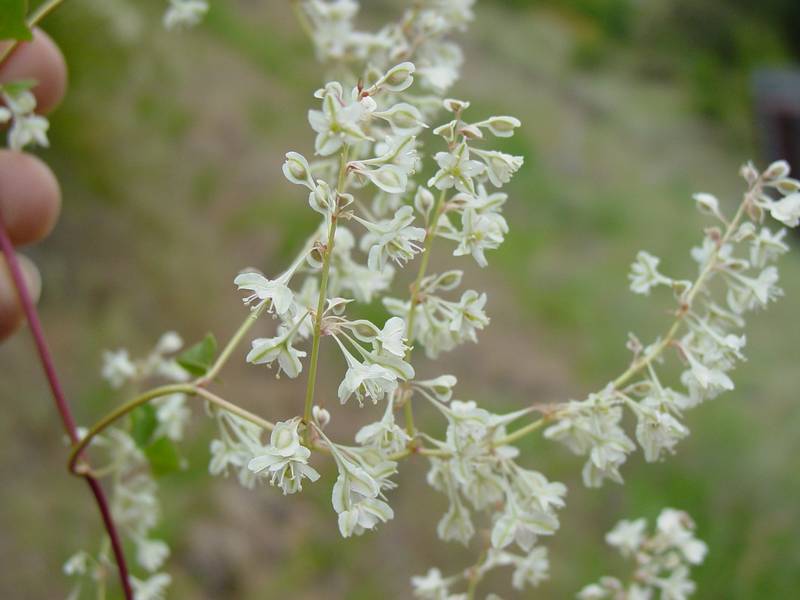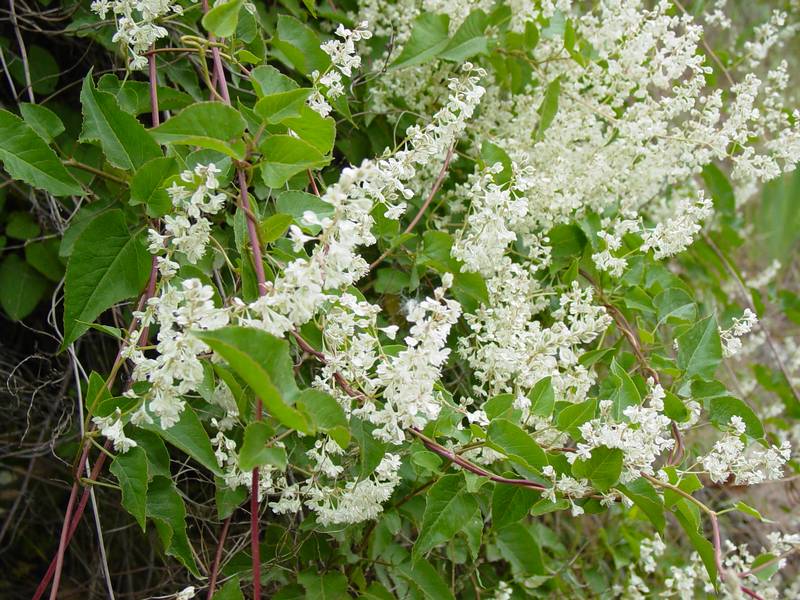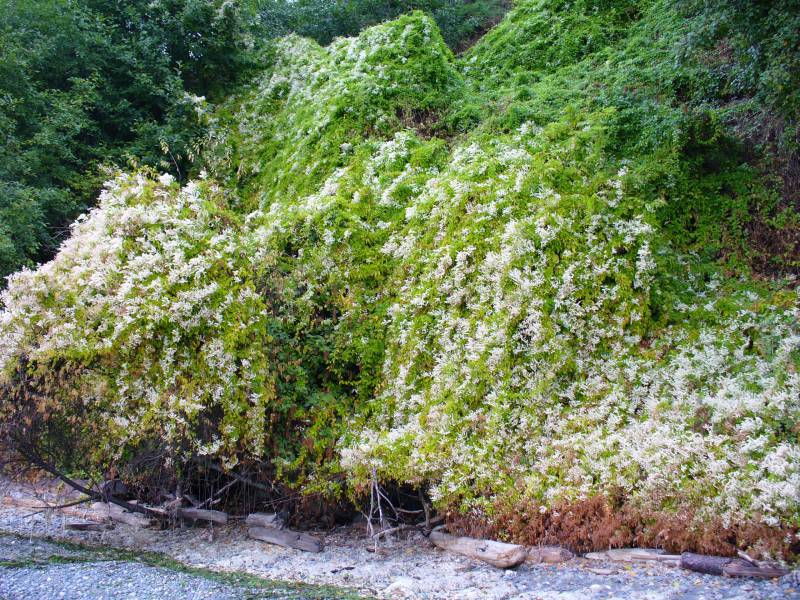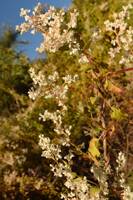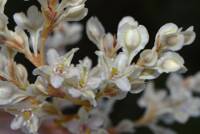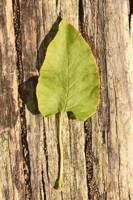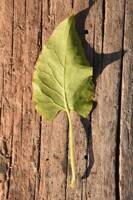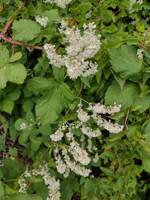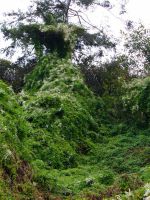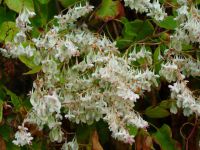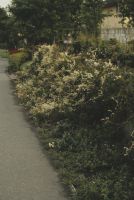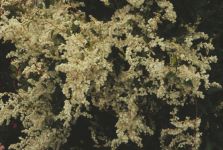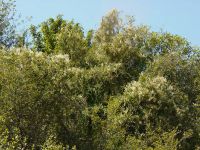Distribution: Occurring chiefly west of the Cascades crest in Washington; southern British Columbia to Oregon, east to Idaho, also in scattered locations across North America.
Habitat: Roadsides, ditches, embankments, forest edge, and other disturbed open areas.
Flowers: Aug.-Sept.
Origin: Introduced from central Asia
Growth Duration: Perennial
Conservation Status: Not of concern
Pollination: Bees, flies, wasps
Perennial vines, the stems climbing, branched from near the base, woody, glabrous, 3-10 m. long.
Leaves alternate, glabrous, with a petiole 1-4 cm. long, the blade narrowly ovate to ovate-oblong, 3-10 cm. long and 1-5 cm. wide, entire; sheathing stipules translucent or brownish, 3-8 mm. long.
Inflorescences of terminal and axillary panicles 3-15 mm. long; pedicles spreading, 1.5-4 mm. long; flowers perfect, in clusters of 3-6; tepals 5, elliptic, 5-8 mm. long, greenish-white or pink, the outer 3 with white wings; stamens 6-8; styles 3, united at the base; stigmas peltate.
Achenes dark brown to black, 2-4 mm. long and about 2 mm. wide, smooth and shining.
Publication: Folia Geobot. Phytotax. 6: 176. 1971.
Fallopia aubertii (L. Henry) Holub
Polygonum aubertii L. Henry [KZ99]
Polygonum baldschuanicum Regel
PNW Herbaria: Specimen records of Fallopia baldschuanica in the Consortium of Pacific Northwest Herbaria database
WA Flora Checklist: Fallopia baldschuanica checklist entry
OregonFlora: Fallopia baldschuanica information
E-Flora BC: Fallopia baldschuanica atlas page
CalPhotos: Fallopia baldschuanica photos

